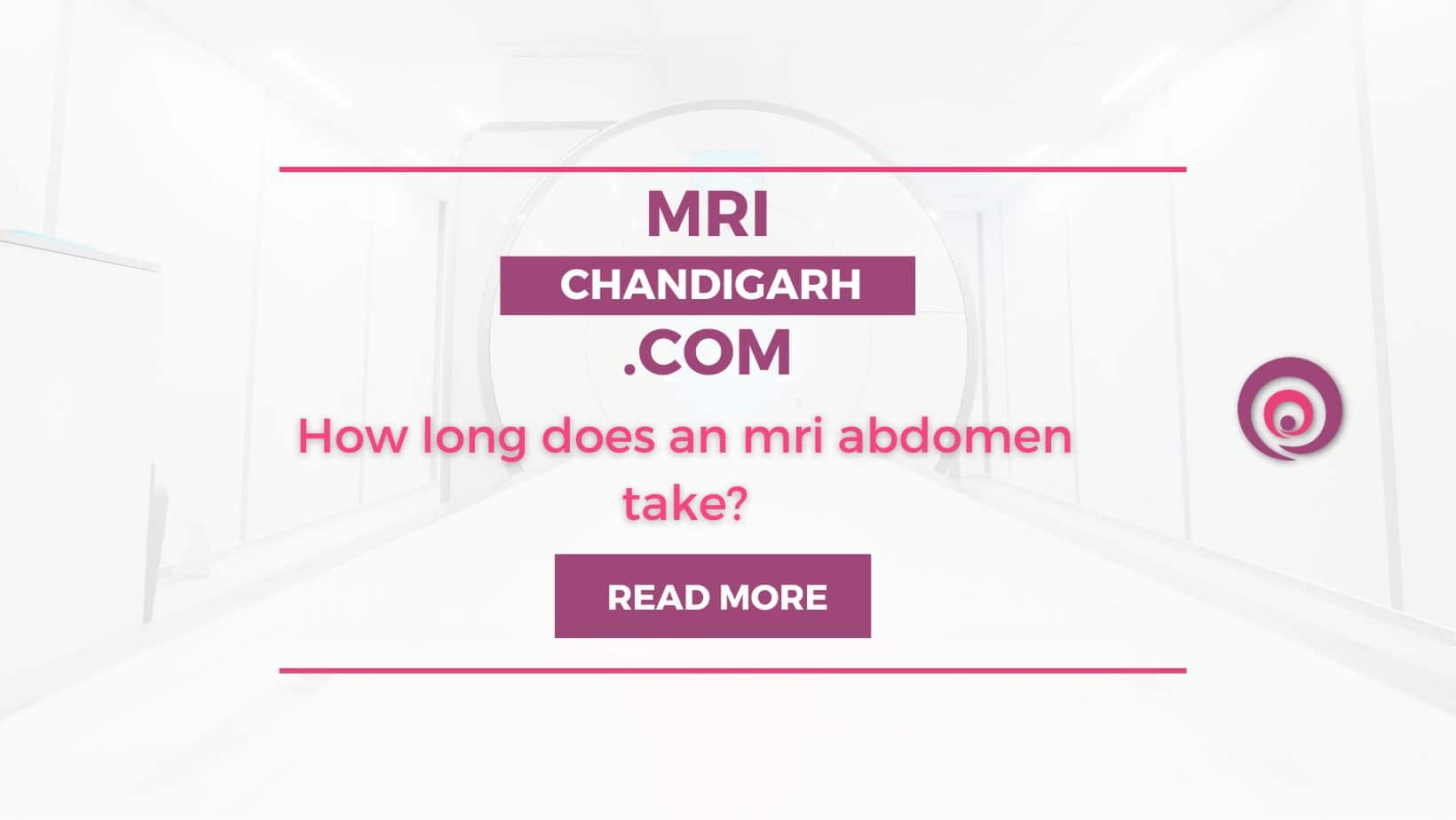An MRI of the abdomen typically takes between 30 minutes and an hour to complete. This can vary depending on a variety of factors, such as the type of MRI machine being used, the specific area being imaged, and the complexity of the case. Here are some key terms and concepts related to an MRI of the abdomen:
MRI: Magnetic resonance imaging (MRI) is a non-invasive medical test that uses a powerful magnet and radio waves to create detailed images of the inside of the body. MRI is often used to diagnose medical conditions, evaluate the severity of injuries, or monitor the progress of treatment.
Abdomen: The abdomen is the area of the body between the chest and the pelvis. It contains a number of important organs, including the liver, gallbladder, pancreas, and intestines.
Contrast agent: A contrast agent is a substance that is injected into the body to help enhance the visibility of certain structures or tissues during an MRI exam. Contrast agents are often used during an MRI of the abdomen to help highlight specific organs or abnormalities.
Scanning time: The length of time it takes to complete an MRI exam is known as the scanning time. Scanning time can vary depending on the area being imaged and the complexity of the case.
Preparation: Depending on the specific type of MRI exam, you may need to follow certain instructions or undergo certain preparations before the exam. For example, you may need to avoid eating or drinking for a certain period of time before the exam, or you may need to remove certain clothing or jewelry.
An MRI of the abdomen is a relatively quick and non-invasive medical test that can provide important information about the health and function of the abdominal organs.
Why does the doctor ask mri abdomen?
Doctors may order an MRI of the abdomen for a variety of reasons. Some common reasons for an MRI of the abdomen include:
- To diagnose medical conditions: MRI can be used to diagnose a wide range of medical conditions that affect the abdominal organs, such as liver or kidney disease, pancreatitis, or abdominal cancer.
- To evaluate the severity of injuries: MRI can be used to evaluate the severity of injuries to the abdominal organs, such as a kidney injury or liver laceration.
- To monitor the progress of treatment: MRI can be used to monitor the progress of treatment for medical conditions that affect the abdominal organs, such as cancer or inflammatory diseases.
- To assess organ function: MRI can be used to assess the function of the abdominal organs, such as the liver or pancreas, and to detect any abnormalities.
- To evaluate unexplained symptoms: If a person is experiencing unexplained symptoms such as abdominal pain, bloating, or weight loss, an MRI of the abdomen may be ordered to help determine the cause.
What can a Mri Abdomen Show?
An MRI of the abdomen can show a wide range of structures and tissues within the abdominal cavity, including the liver, gallbladder, pancreas, spleen, kidneys, and intestines. It can also show the blood vessels and lymph nodes within the abdomen, as well as the surrounding muscles and connective tissue.
Here are some specific things that an MRI of the abdomen can show:
- Abnormalities or abnormalities in the size or shape of the abdominal organs: MRI can be used to detect abnormalities or changes in the size or shape of the abdominal organs, such as an enlarged liver or a tumor on the pancreas.
- Inflammation or infection: MRI can be used to detect inflammation or infection within the abdominal organs, such as pancreatitis or diverticulitis.
- Abnormalities in the blood vessels: MRI can be used to detect abnormalities in the blood vessels within the abdomen, such as an aneurysm or a blood clot.
- Abnormalities in the lymph nodes: MRI can be used to detect abnormalities in the lymph nodes within the abdomen, such as swelling or inflammation.
- Abnormalities in the muscles or connective tissue: MRI can be used to detect abnormalities in the muscles or connective tissue within the abdomen, such as a hernia or scar tissue.

Comments